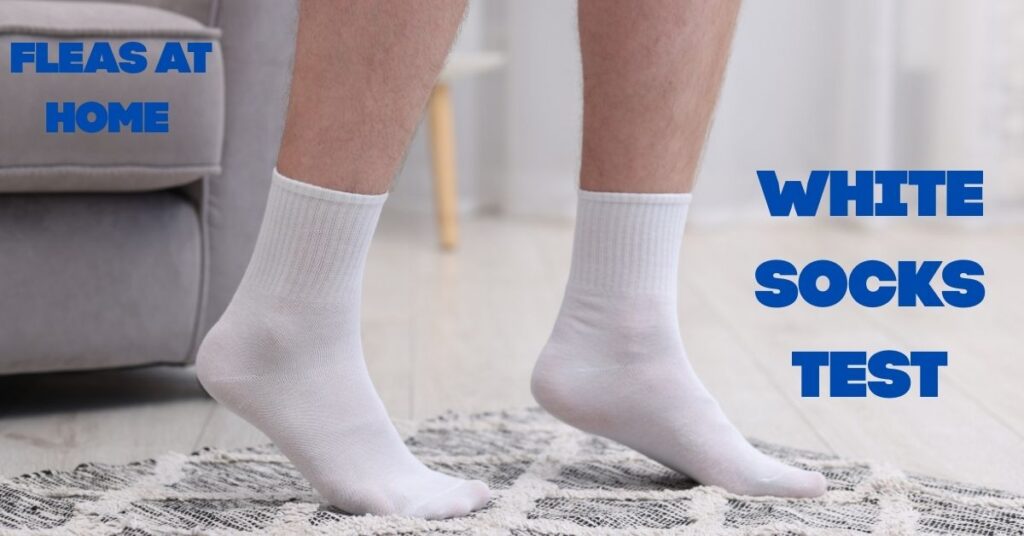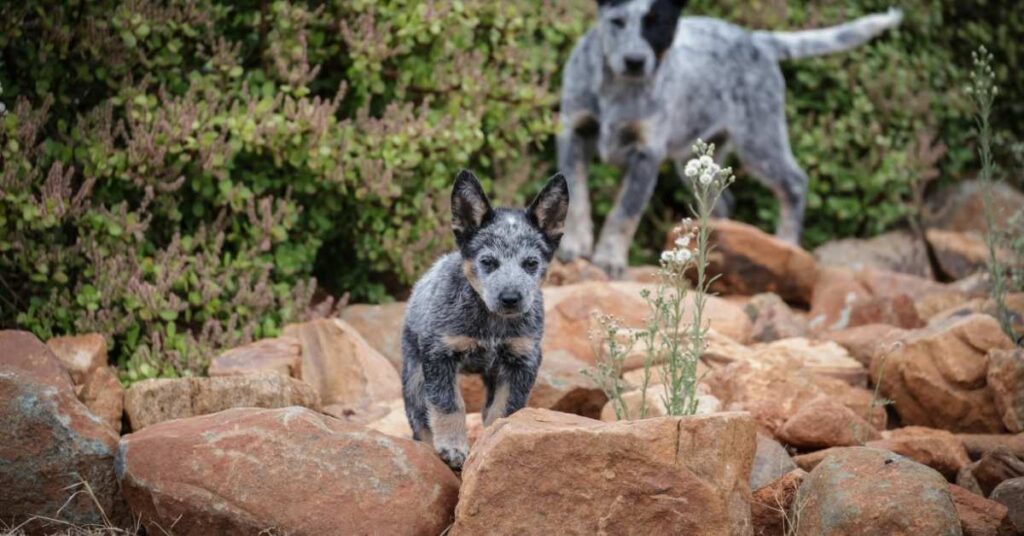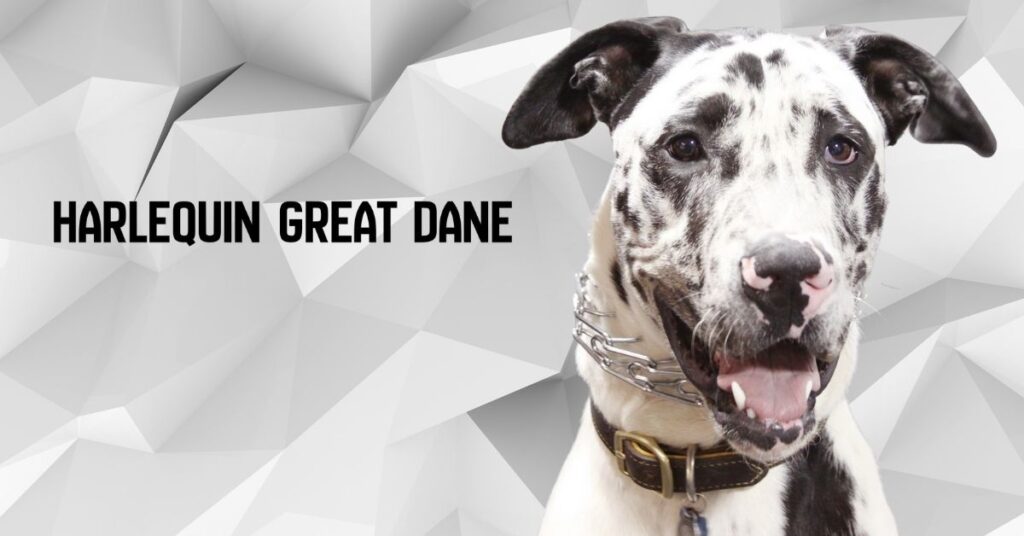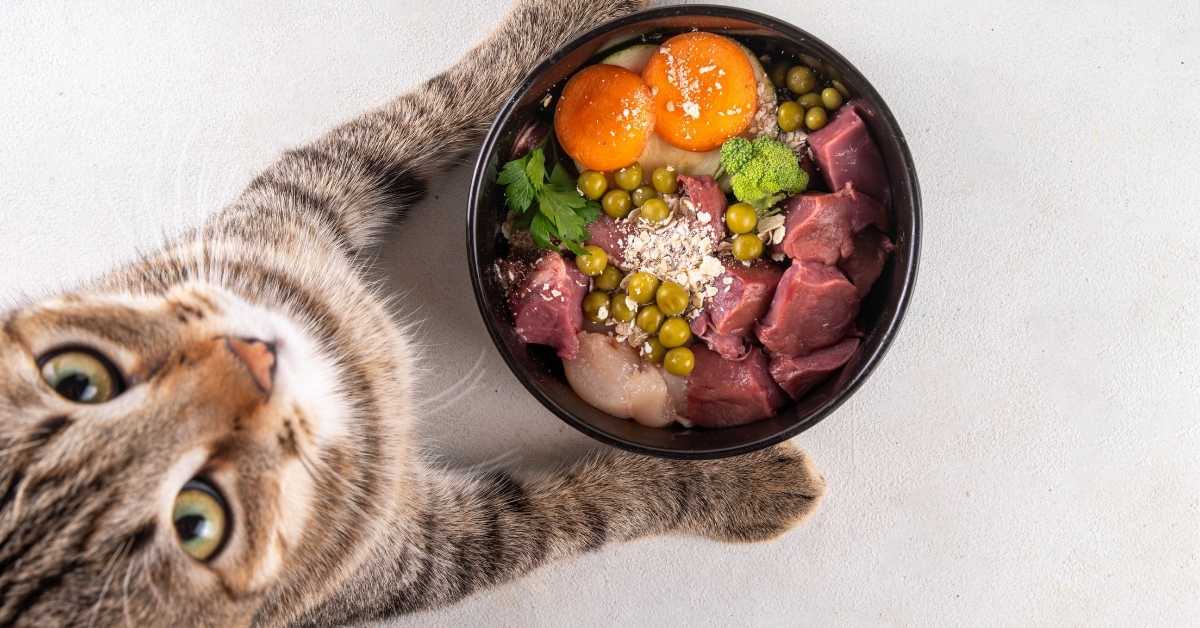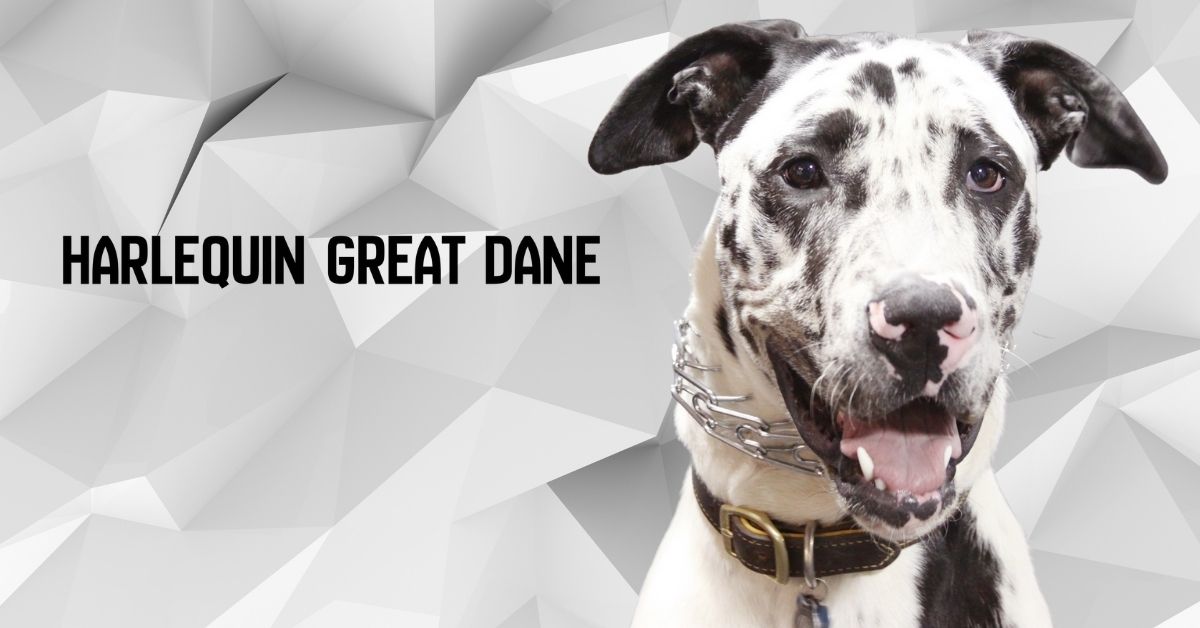Now Reading: Marble Colored Dogs: The Hypnotic Coat Patterns Everyone’s Talking About
- 01
Marble Colored Dogs: The Hypnotic Coat Patterns Everyone’s Talking About
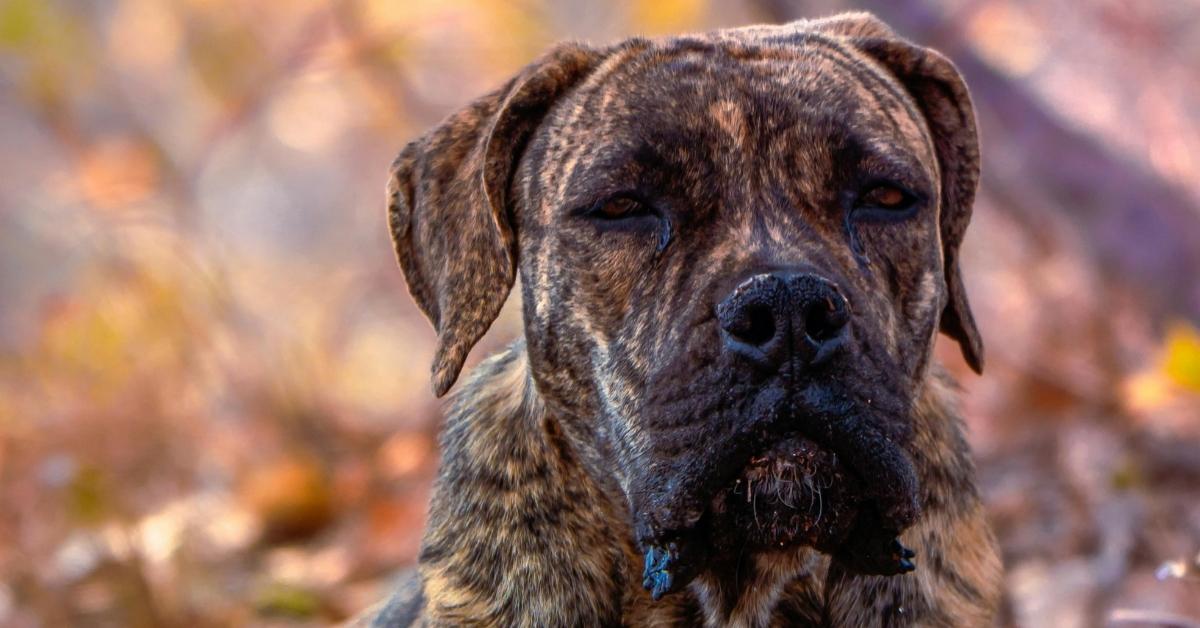
Marble Colored Dogs: The Hypnotic Coat Patterns Everyone’s Talking About
Marble Colored Dogs: Let’s Talk About the Coats That Make You Stare Twice
Just a dog walk by and you catch yourself thinking, “How is that coat even real?”
Those swirling, streaked, almost painted patterns?
Yeah — we’re talking about marble colored dogs, the kind that look like nature took a paintbrush to them.
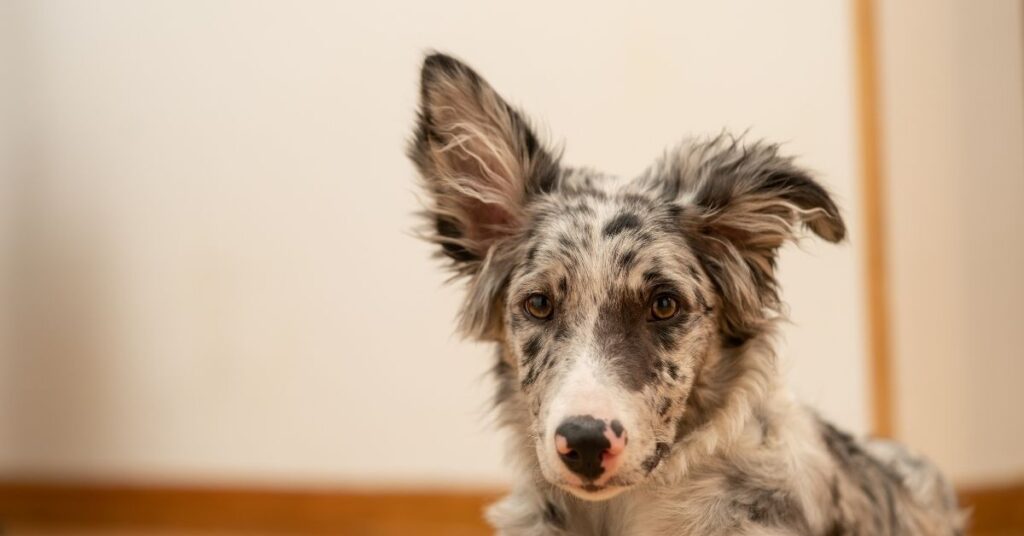
If you’re curious, confused, or trying to understand the differences between merle, brindle, and those unique color mixes — sit with me for a moment. I’ll walk you through everything in simple, real-talk style, like you’re right in front of me asking all your dog-parent questions.
What Exactly Are Marble Colored Dogs?
Let’s keep it straightforward.
Marble colored dogs aren’t a single breed — the term describes dogs with coat patterns that look swirled, splashed, or blended like marble stone. These coats usually come from merle or brindle genetics, and each creates a completely different look.
People love these dogs because no two patterns are the same. Your dog becomes a one-of-one artwork.
Merle Dogs: The Famous “Marble Look” Coat
A merle dog usually has patchy, mottled colors — blue, red, or dilute shades that make them look smoky or watercolor-like. Merle can also affect eyes, making some dogs blue-eyed or even split-eyed.
These coats are one of the most well-known examples of marble colored dogs, and they show up in breeds like:
- Australian Shepherd
- Catahoula Leopard Dog
- Border Collie
- Great Dane
- Sheltie
Merle looks magical — but it’s important for breeders to avoid double-merle pairings due to genetic risks. When bred responsibly, the pattern is stunning and healthy.
Merle Color in Dogs — Why It Happens
The merle gene dilutes certain pigments. That’s why some areas look lighter and others stay darker.
Think of it like:
Someone took your dog’s natural coat
…and gently erased parts of it
…then left beautiful uneven patches behind.
That’s the signature merle magic — and it’s one of the patterns that make marble colored dogs so eye-catching.
Brindle Dogs: Stripes, Swirls & Tiger-Like Coats
Brindle is another pattern people often confuse with marble. But brindle looks more like layered striping or smoky tiger lines. This gives dogs a bold, textured look — especially in sunlight.
Brindle appears in multiple dog types:
- Boxers
- Dutch Shepherds
- Greyhounds
- Mastiffs
- Pit Bulls
While not traditionally called “marble,” many owners consider brindle dogs a textured version of marble colored dogs because of their depth and variation.
Brindle Dog Types — How Many Are There?
A ton. Nearly 20 recognized breeds can carry brindle. Some are light, some dark, and some mix chocolate, silver, and gold tones — making them resemble stonework.
Brindle coats show amazing personality, and some US owners say it’s their favorite kind because the dog looks athletic and strong without trying.
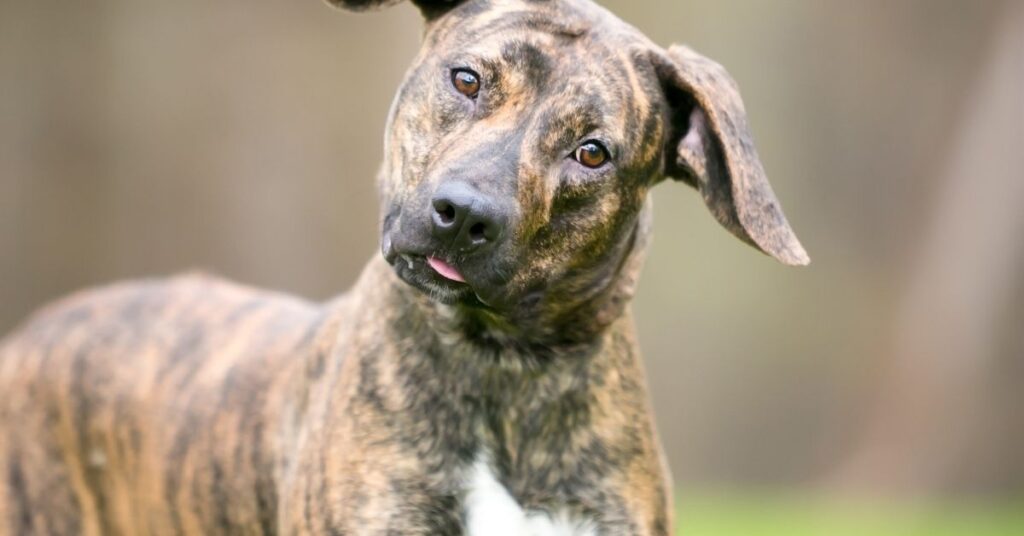
Brindle Breeds of Dogs in the US
The most common brindle breeds you’ll find in the US include:
- Boxer
- American Pit Bull Terrier
- Basenji
- Plott Hound
- Whippet
Each brings its own style of striping — from fine tiger lines to thick charcoal bands. And yes, they’re still part of what many people casually call marble colored dogs because their patterns look handcrafted.
Why Marble Colored Dogs Stand Out So Much
Let’s be honest — these dogs get attention without even trying.
Here’s why people love them:
⭐ They look artistic and unique
⭐ Their patterns look different at every angle
⭐ No two dogs have the same coat
⭐ Colors blend naturally, like stone or watercolor
When you think about it, marble colored dogs don’t just “have a coat.”
They wear artwork.
Common Colors Seen in Marble Coats
You’ll notice shades like:
- Blue
- Silver
- Chocolate
- Red
- Cream
- Lilac
- Black patches
- Gold undertones
The blend of these shades makes marble colored dogs feel like nature’s own masterpiece.
Popular Marble Colored Dogs in the US
If you live in the US, the breeds you’ll most often see with marble-like patterns include:
- Australian Shepherd
- Catahoula
- Blue Heeler mixes
- Great Dane (especially blue merle)
- Plott Hounds
- Brindle Pit Bulls
- Brindle Boxers
- Merle French Bulldogs
They’re incredibly photogenic — many go viral just for their coats.
Must Read: Do long hair Dachshunds shed alot? An Overview
Temperament: Do Marble Patterns Affect Behavior?
No — coat pattern has zero effect on personality.
A merle Aussie isn’t more energetic because of color.
A brindle Boxer isn’t stronger because of stripes.
It’s all genetics, training, and environment.
The beautiful coat? Just a bonus.
Choosing Marble Colored Dogs: What to Keep in Mind
If you’re thinking of getting one:
✔ Ask the breeder about merle genetics
✔ Avoid double-merle pairings
✔ Check hearing & vision at early age
✔ Request full health panels
✔ Expect a lot of compliments
US shelters also have many brindle dogs waiting for homes — especially Pit Bulls, Boxers, and mixes.
Final Thoughts: Why We Love Marble Colored Dogs
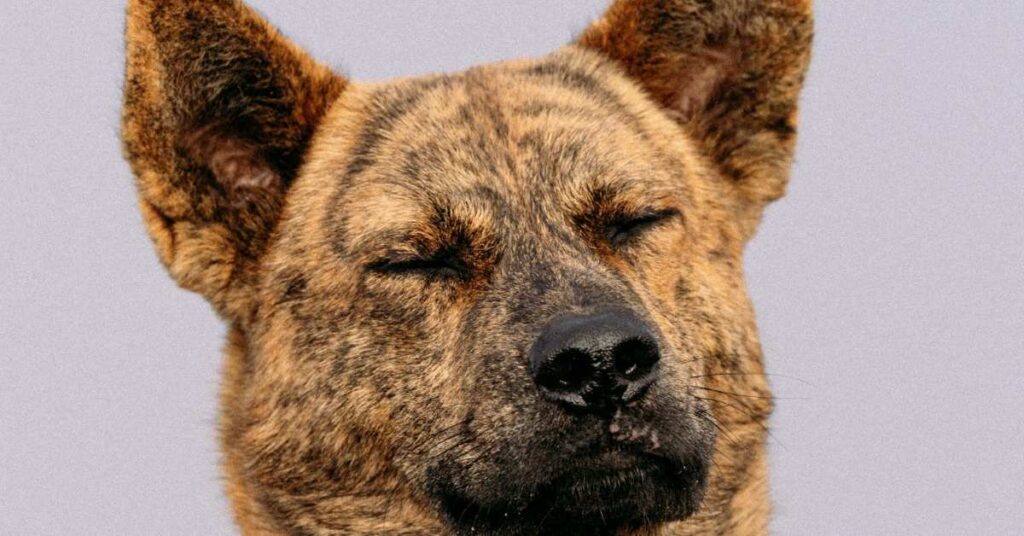
There’s something mesmerizing about them. Whether it’s a swirling merle, a smoky brindle pattern, or a mixed coat that just looks like nature had fun — marble colored dogs are unforgettable.
They’re unique, bold, gentle, playful, and beautifully patterned — and the best part?
The coat may catch your eye…
…but the personality steals your heart.
FAQs
Some patterns like blue merle can be rare, while brindle is common in many US breeds.
Yes — as long as a merle is bred with a non-merle partner to avoid genetic issues.
Brindle is typically dominant, meaning if one parent carries it, puppies often show the pattern.
No special grooming needed. Just standard brushing, health checks, and merle dogs may need vision/hearing screening.

